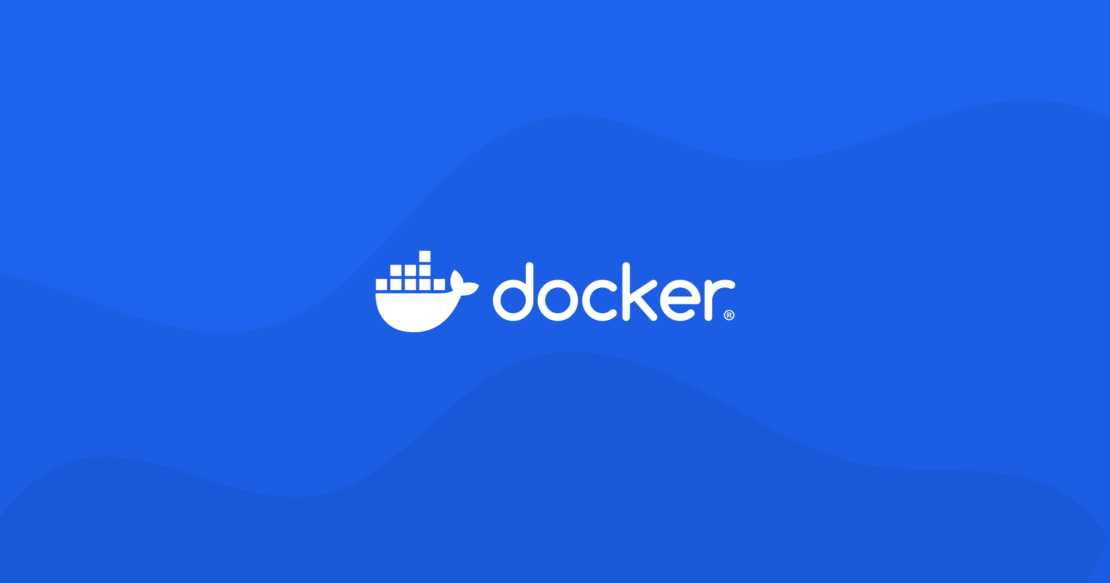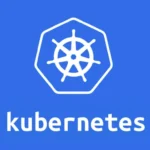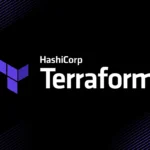1. What is Docker, and why is it used?
Answer:
Docker is an open-source platform that enables developers to automate the deployment, scaling, and management of applications inside lightweight, portable containers. These containers package an application with all its dependencies, ensuring that it runs consistently across different computing environments. Docker is used to streamline the development and deployment process, improve scalability, and isolate applications from the underlying system, reducing the risk of conflicts.
2. What is the difference between a Docker container and a virtual machine (VM)?
Answer:
The key differences between Docker containers and virtual machines are:
- Resource Efficiency: Docker containers share the host system’s OS kernel and resources, making them more lightweight and faster to start compared to VMs, which each run their own OS.
- Isolation: Containers provide process-level isolation, while VMs offer hardware-level isolation with their own OS.
- Performance: Containers generally have better performance since they don’t require the overhead of running a full guest OS.
- Portability: Docker containers are more portable, as they package all dependencies, making it easier to move them between environments without compatibility issues.
3. What is a Docker Image?
Answer:
A Docker Image is a snapshot of a file system and configuration used to create Docker containers. It includes the application code, libraries, and environment variables required to run an application. Docker images are immutable, meaning they cannot be modified once created, which makes them ideal for reproducible environments. Images are built using a Dockerfile and can be stored in Docker registries like Docker Hub.
4. What is a Dockerfile, and what is its purpose?
Answer:
A Dockerfile is a text file containing a series of instructions on how to build a Docker image. It defines the base image, installs dependencies, copies application files, and specifies environment variables, ports, and commands for running the container. Dockerfiles enable repeatable builds and version control, making it easy to recreate and share consistent environments.
5. How do you build and run a Docker container?
Answer:
To build and run a Docker container:
- Build an image:
Use thedocker buildcommand with aDockerfile:docker build -t myimage:latest . - Run a container:
Use thedocker runcommand to create and start a container from the image:docker run -d --name mycontainer myimage:latest- The
-dflag runs the container in detached mode. - The
--nameflag assigns a custom name to the container.
- The
6. What is Docker Compose, and why would you use it?
Answer:
Docker Compose is a tool used for defining and running multi-container Docker applications. It uses a YAML file (docker-compose.yml) to define the services, networks, and volumes needed for a project. With Compose, you can manage complex applications with multiple containers (e.g., database, application server) as a single unit, simplifying orchestration and dependency management.
7. What is the difference between docker run and docker exec?
Answer:
docker run: This command is used to create and start a new container from an image. It initializes the container and starts the main process.docker run -it ubuntu bash
This runs a new Ubuntu container and starts a Bash shell.docker exec: This command is used to run commands in an already running container. It doesn’t start a new container but executes the specified command within the running container.docker exec -it mycontainer bash
This runs a Bash shell inside an existing container namedmycontainer.
8. What is Docker Swarm?
Answer:
Docker Swarm is Docker’s native orchestration tool, which enables the management and clustering of multiple Docker hosts. It turns a group of Docker engines into a single, virtual Docker engine, allowing for load balancing, scaling, and the automatic distribution of containers across different nodes. Swarm mode simplifies the deployment of containerized applications in a distributed environment and supports features like service discovery, rolling updates, and high availability.
9. How do you share data between Docker containers?
Answer:
Docker provides several ways to share data between containers:
- Volumes: Volumes are the preferred method for persistent data storage. Volumes are independent of the container lifecycle and can be shared between multiple containers.
docker volume create myvolumedocker run -v myvolume:/data myimage - Bind Mounts: Bind mounts allow you to mount a file or directory from the host system into the container. This is useful for development environments.
docker run -v /host/path:/container/path myimage
10. What is the Docker Hub?
Answer:
Docker Hub is a cloud-based registry service that allows users to store, share, and distribute Docker images. It hosts public and private repositories where developers can publish their Docker images and share them with others. Docker Hub is integrated with the Docker CLI, making it easy to pull pre-built images or push custom images to the registry.
11. What is the purpose of the docker ps command?
Answer:
The docker ps command is used to list all the currently running containers. It shows information such as the container ID, image name, status, ports, and container names. To list all containers, including stopped ones, you can use the -a flag:
docker ps -a
12. How do you stop and remove a Docker container?
Answer:
To stop a running container, use the docker stop command:
docker stop mycontainer
To remove a container, use the docker rm command (you must stop it first):
docker rm mycontainer
You can also combine these commands to stop and remove a container in one step:
docker rm -f mycontainer
13. What is the role of namespaces in Docker?
Answer:
Docker uses Linux namespaces to provide isolation between containers. Namespaces ensure that each container has its own view of system resources, such as network interfaces, process trees, and file systems. The main types of namespaces used in Docker are:
- PID: Process ID namespace, isolating processes in different containers.
- NET: Network namespace, isolating network interfaces and IP addresses.
- MNT: Mount namespace, isolating filesystem mounts.
- IPC: Interprocess communication namespace, isolating resources for interprocess communication.
- UTS: Isolates hostname and domain name.
14. How does Docker handle networking between containers?
Answer:
Docker provides several networking options for containers:
- Bridge network: The default network mode, where containers are connected to a virtual bridge and can communicate with each other.
- Host network: The container shares the host machine’s network stack and IP address.
- Overlay network: Used for multi-host communication in Docker Swarm, where containers on different machines can communicate as though they are on the same network.
- Custom networks: Users can define custom networks with specific configurations for containers to communicate.
15. What are Docker Tags?
Answer:
Docker Tags are used to label different versions of an image. Tags are added to an image name to specify the version or variant, such as myimage:latest or myimage:v1.0. The latest tag is the default and represents the most recent version of an image, but it’s recommended to use specific version tags to ensure consistency.



